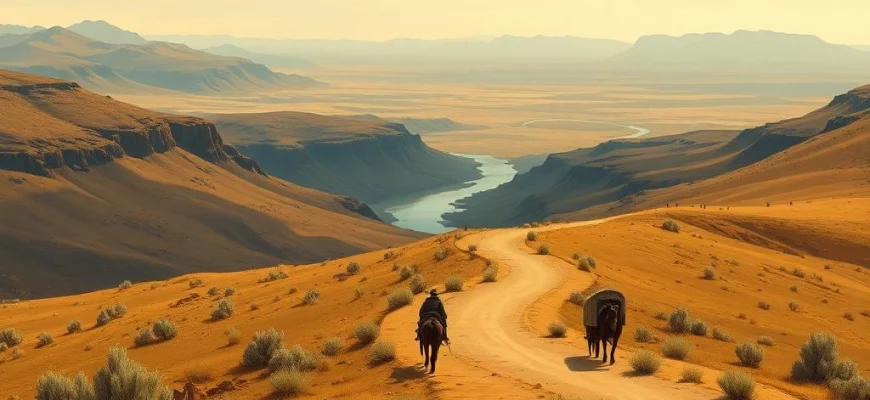If you loved the epic adventure and rugged frontier spirit of *The Way West* (1967), you're in for a treat! This article explores 10 similar movies and TV shows that capture the same essence of westward expansion, survival, and dramatic storytelling. Whether you're a fan of classic Westerns or modern tales of exploration, these picks will satisfy your craving for adventure.
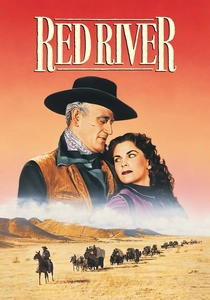
Red River (1948)
Description: A classic Western that follows a cattle drive, highlighting the challenges of leadership, survival, and the harsh realities of frontier life.
Fact: The movie was based on the real-life Chisholm Trail, a historic route used to drive cattle from Texas to Kansas.
 Watch Now
Watch Now 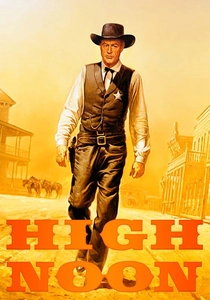
High Noon (1952)
Description: A tense, real-time Western that focuses on a lone lawman's struggle against outlaws, emphasizing moral courage and the weight of duty.
Fact: The film's ticking clock motif and real-time narrative were groundbreaking at the time and influenced many later films.
 Watch Now
Watch Now 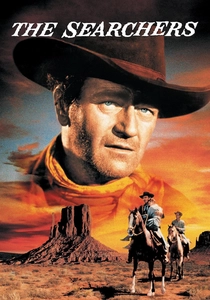
The Searchers (1956)
Description: A profound Western that explores themes of obsession, revenge, and the moral complexities of the frontier, set against breathtaking landscapes.
Fact: The film's iconic final shot, framed in a doorway, has been referenced and homaged in countless other movies.
 Watch Now
Watch Now 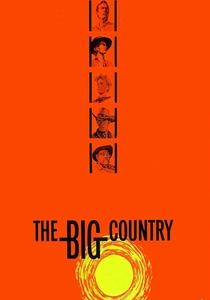
The Big Country (1958)
Description: A sweeping Western that delves into themes of honor, rivalry, and the vastness of the untamed frontier, with a focus on character-driven drama.
Fact: The film's score was composed by Jerome Moross and is considered one of the greatest Western soundtracks of all time.
 Watch Now
Watch Now 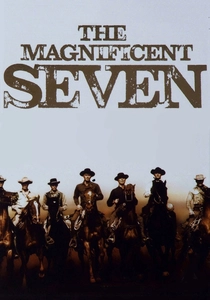
The Magnificent Seven (1960)
Description: A rousing Western about a group of gunslingers defending a village, blending action, camaraderie, and themes of heroism and sacrifice.
Fact: The movie is a Western adaptation of Akira Kurosawa's 'Seven Samurai,' transposing the story to the American frontier.
 Watch Now
Watch Now 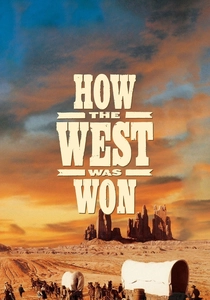
How the West Was Won (1962)
Description: Epic Western that explores the expansion of the American frontier, featuring multiple storylines and a grand scale that captures the spirit of adventure and conflict.
Fact: It was one of the last films to be shot in Cinerama, a widescreen process that used three cameras and projectors for an immersive experience.
 Watch Now
Watch Now 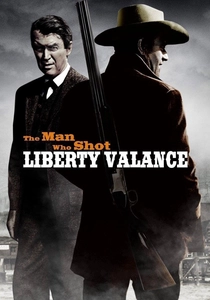
The Man Who Shot Liberty Valance (1962)
Description: A thought-provoking Western that examines the myths and realities of the Old West, with a focus on justice and the passage of time.
Fact: The film's famous line, 'When the legend becomes fact, print the legend,' has become a staple in discussions about Western mythology.
 Watch Now
Watch Now 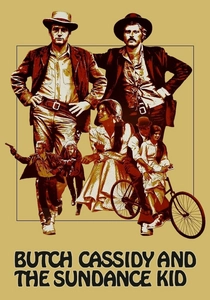
Butch Cassidy and the Sundance Kid (1969)
Description: A charismatic and adventurous Western that follows the exploits of two outlaws, blending humor, action, and a poignant look at the end of an era.
Fact: The film's famous jump scene was shot in Mexico, as the actual location in Bolivia was deemed too dangerous for filming.
 Watch Now
Watch Now 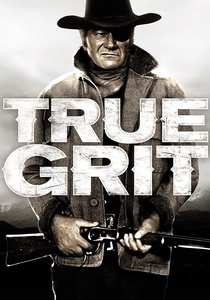
True Grit (1969)
Description: A gripping Western that follows a determined young girl's quest for justice, blending adventure, drama, and a strong sense of frontier justice.
Fact: The novel it's based on was written by Charles Portis, who was inspired by classic Western tales and his own love of the genre.
 Watch Now
Watch Now 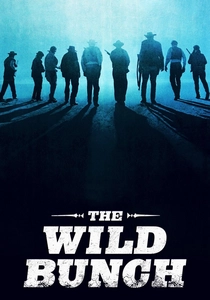
The Wild Bunch (1969)
Description: A gritty and violent Western that explores the fading days of the outlaw lifestyle, with themes of loyalty, betrayal, and the changing West.
Fact: The film's climactic shootout was one of the most violent scenes in cinema at the time and set a new standard for action sequences.
 Watch Now
Watch Now 
